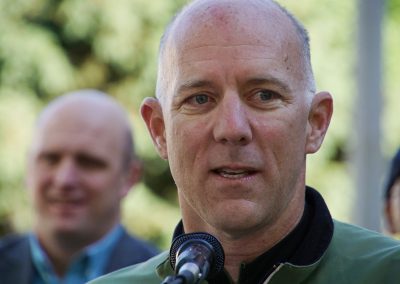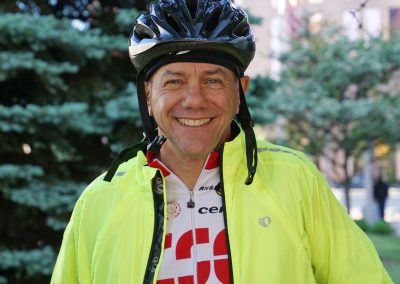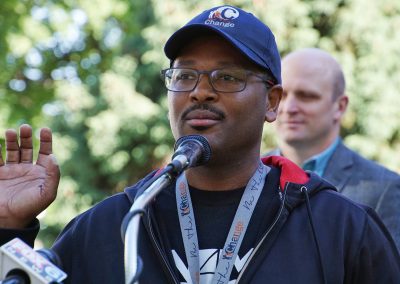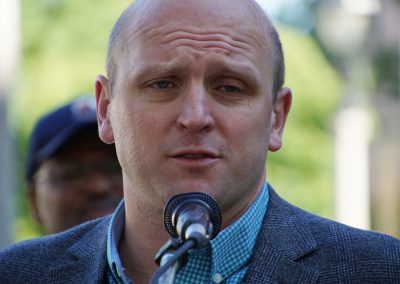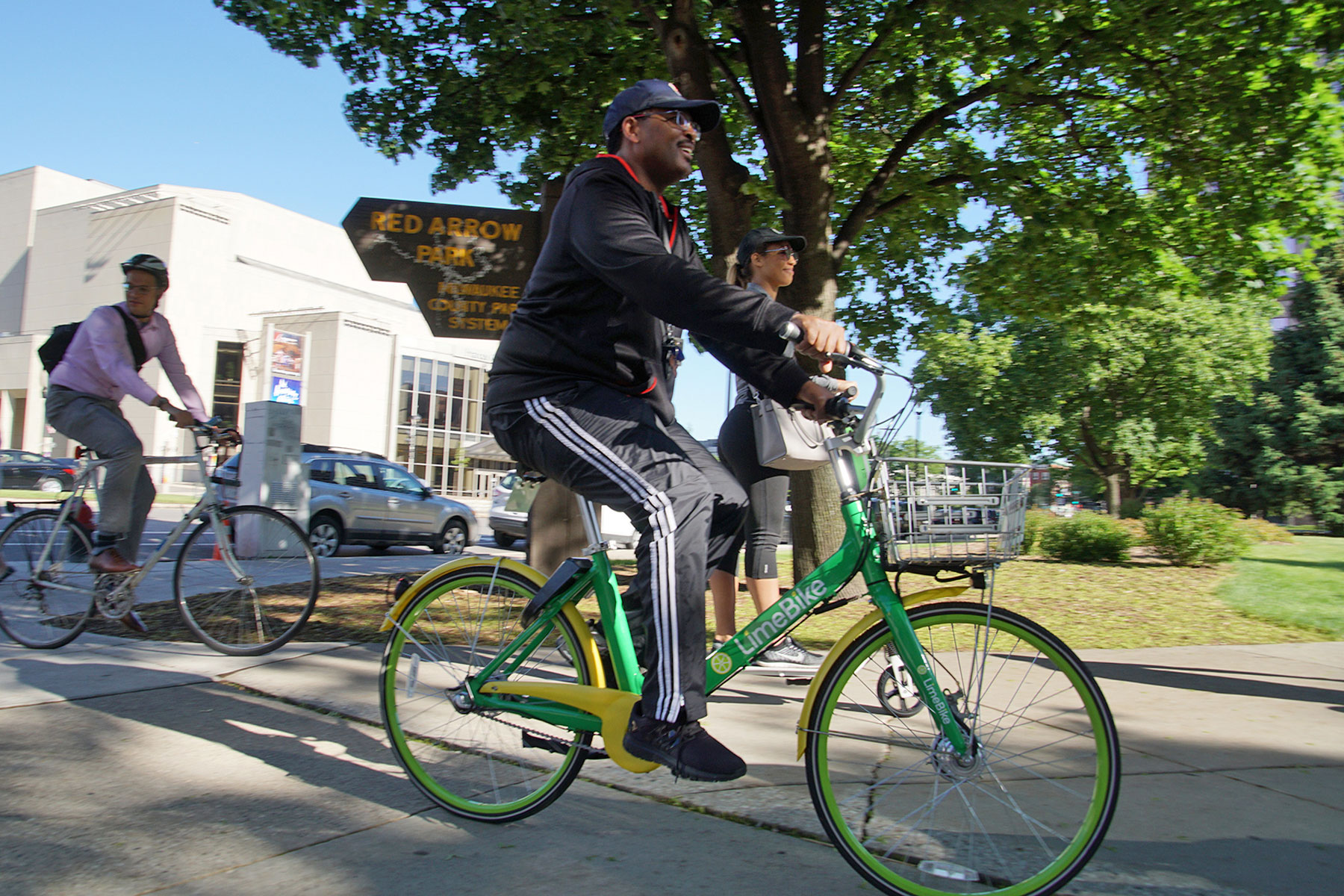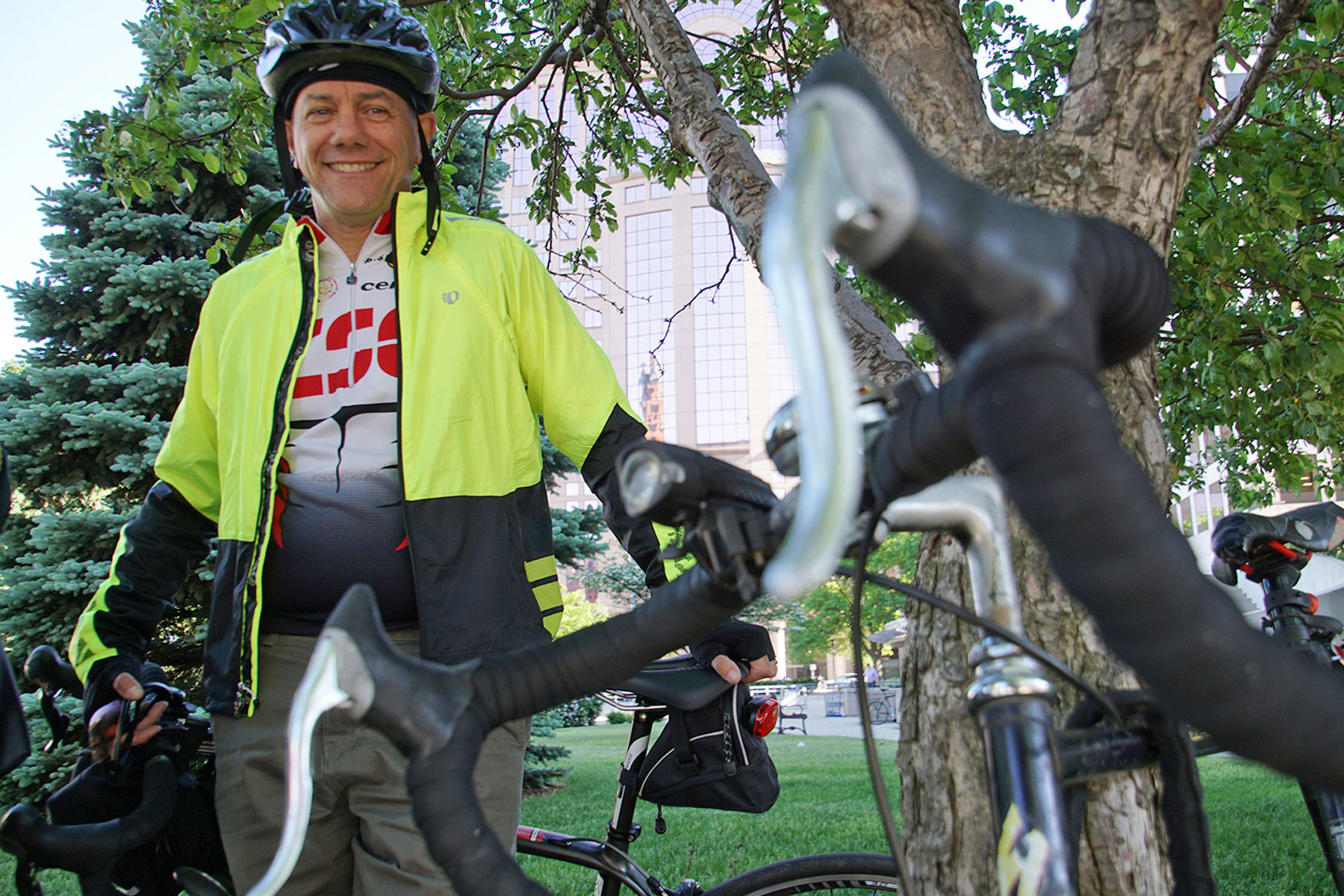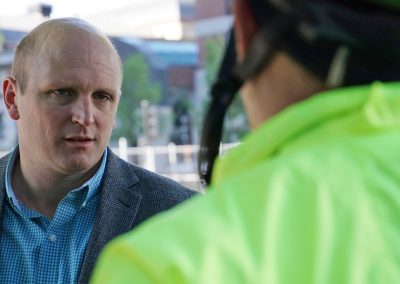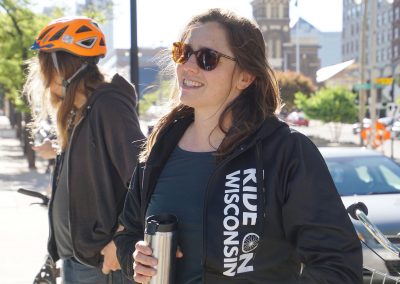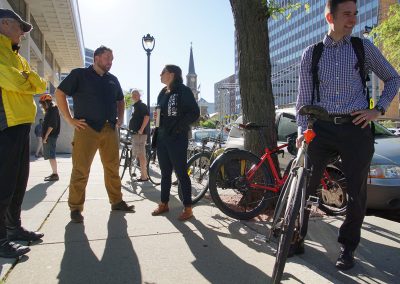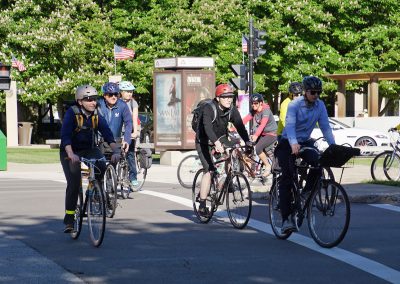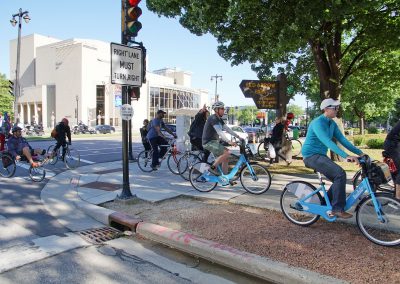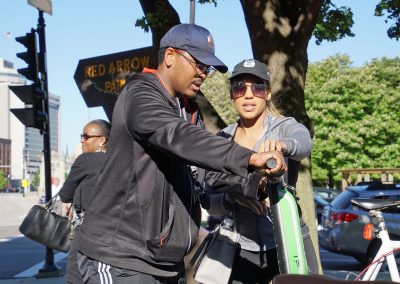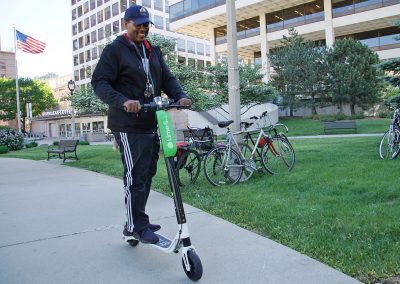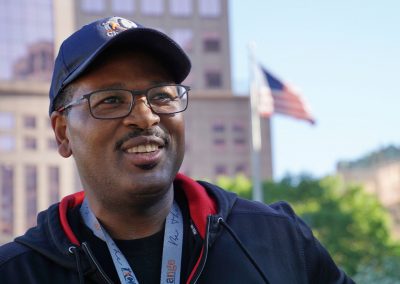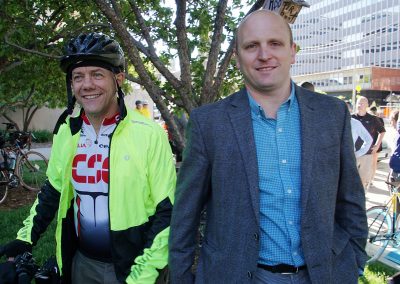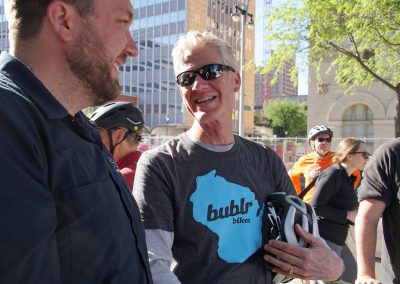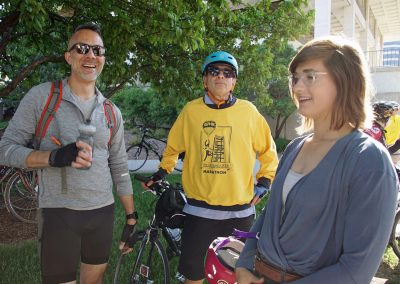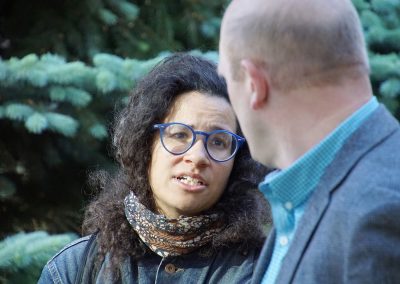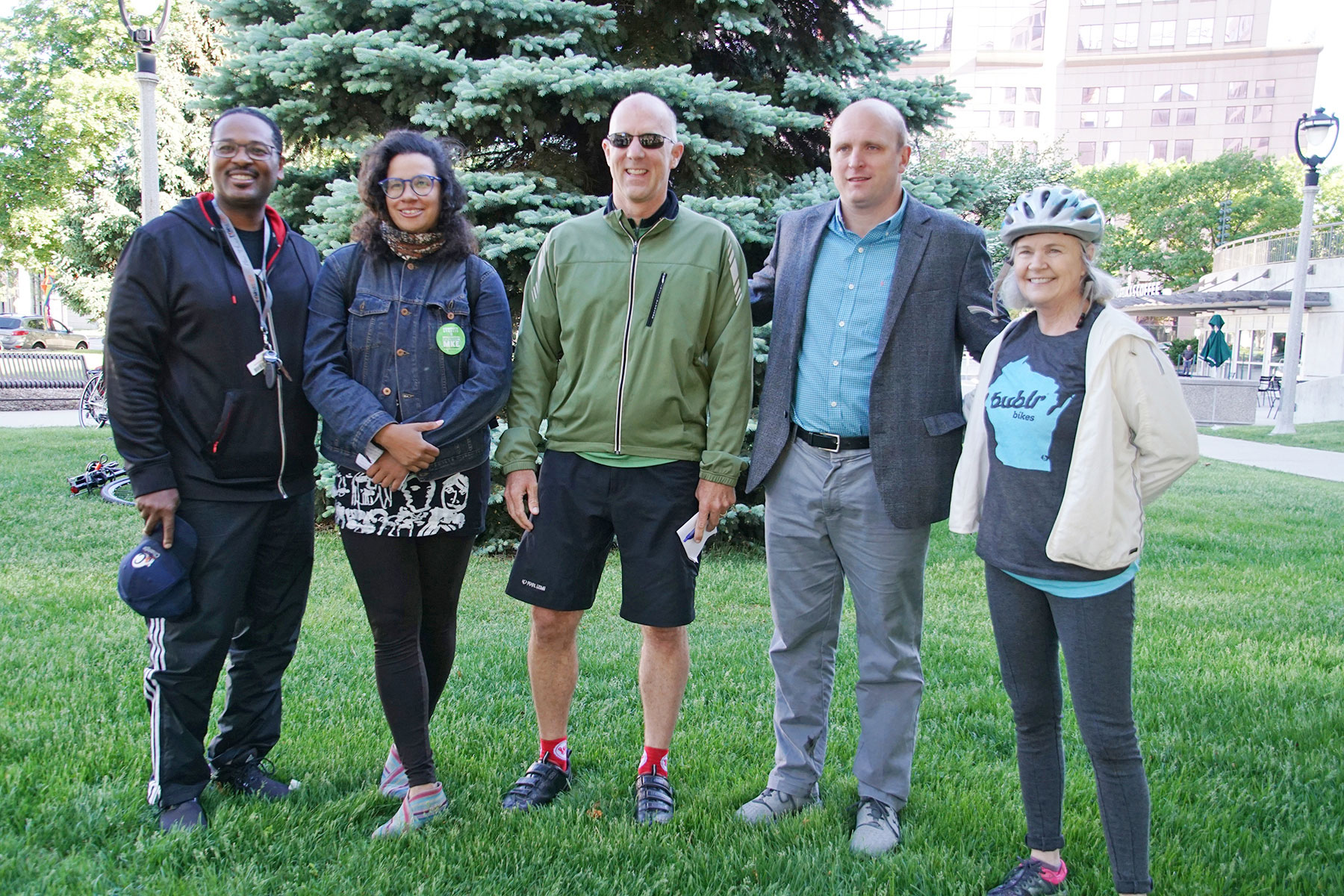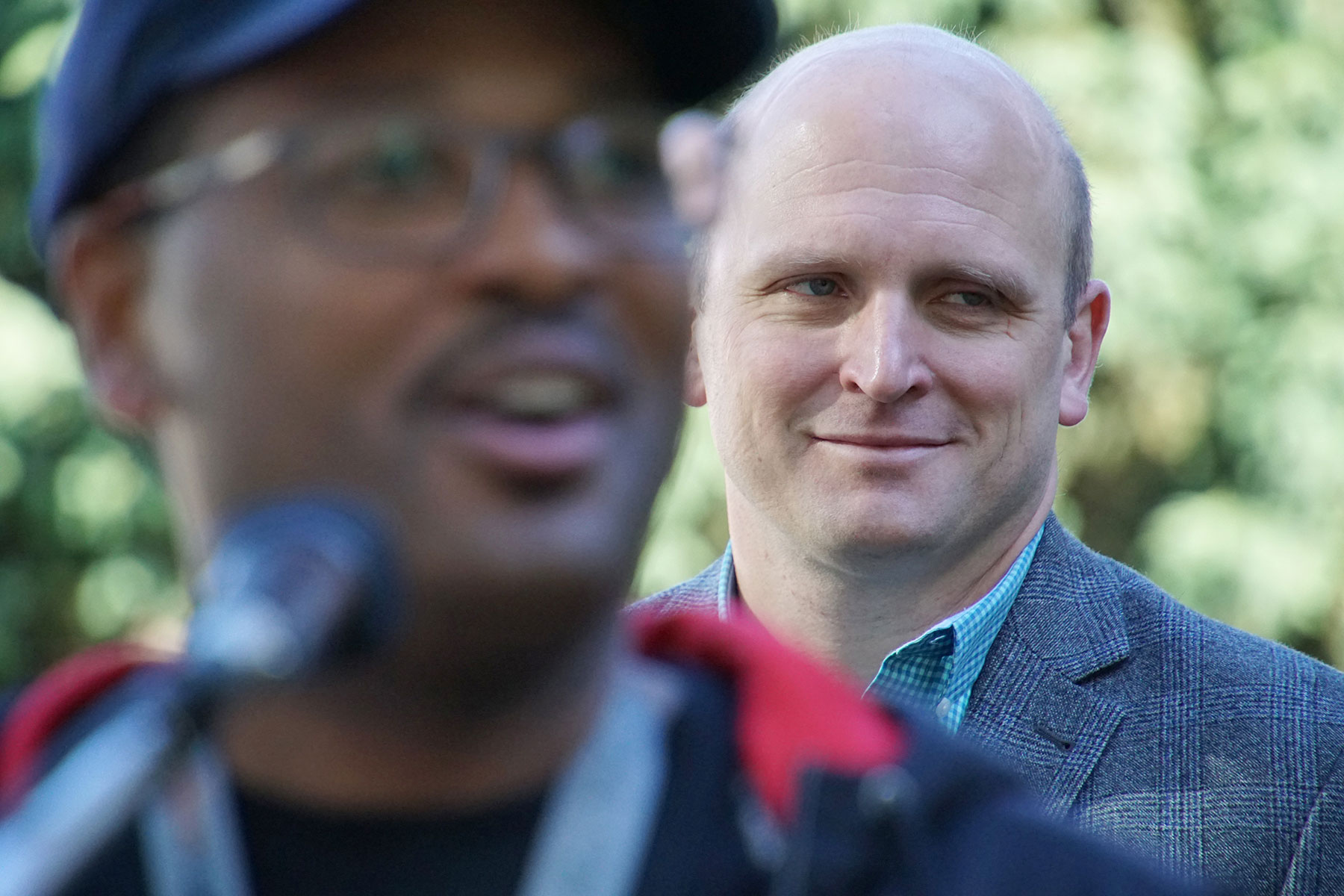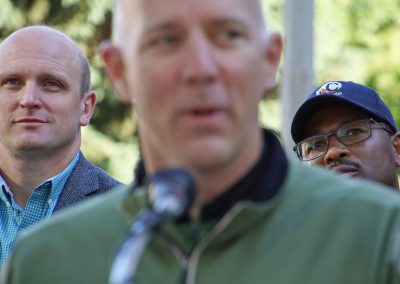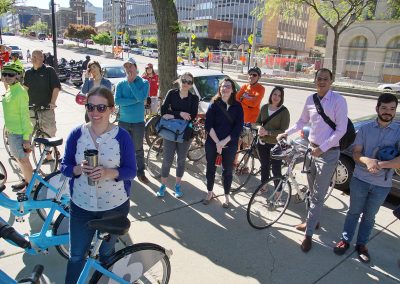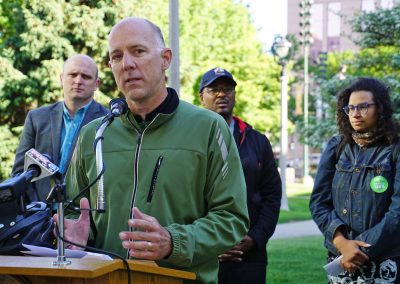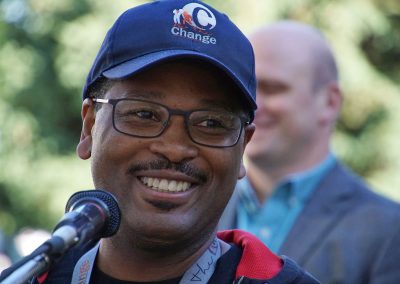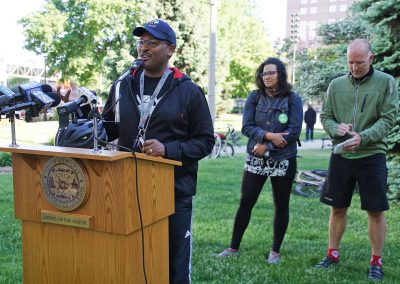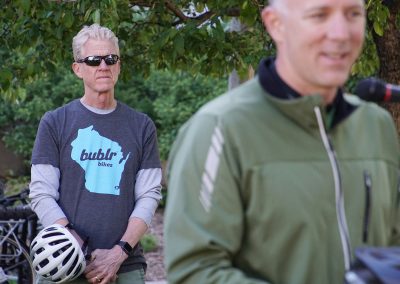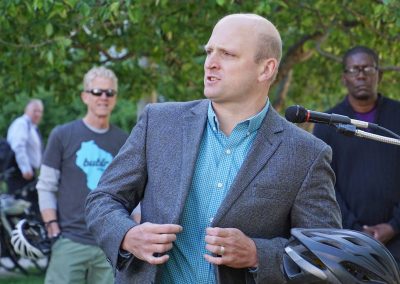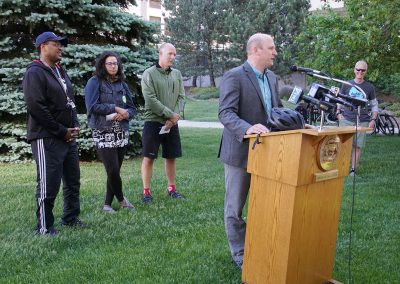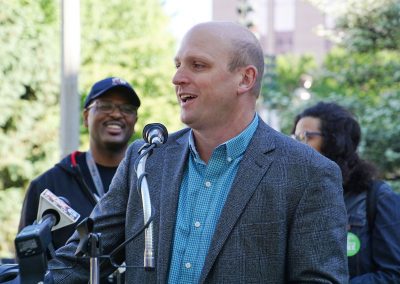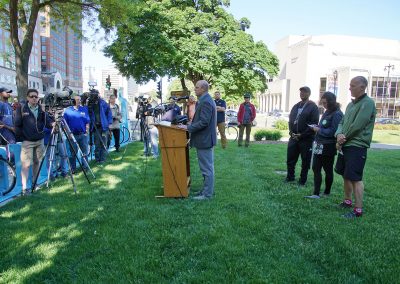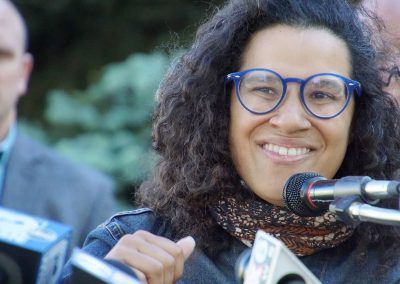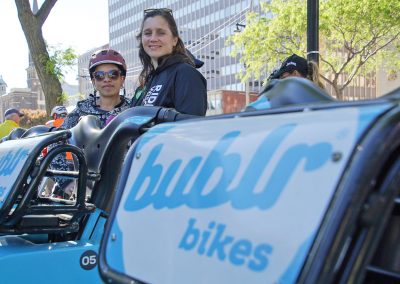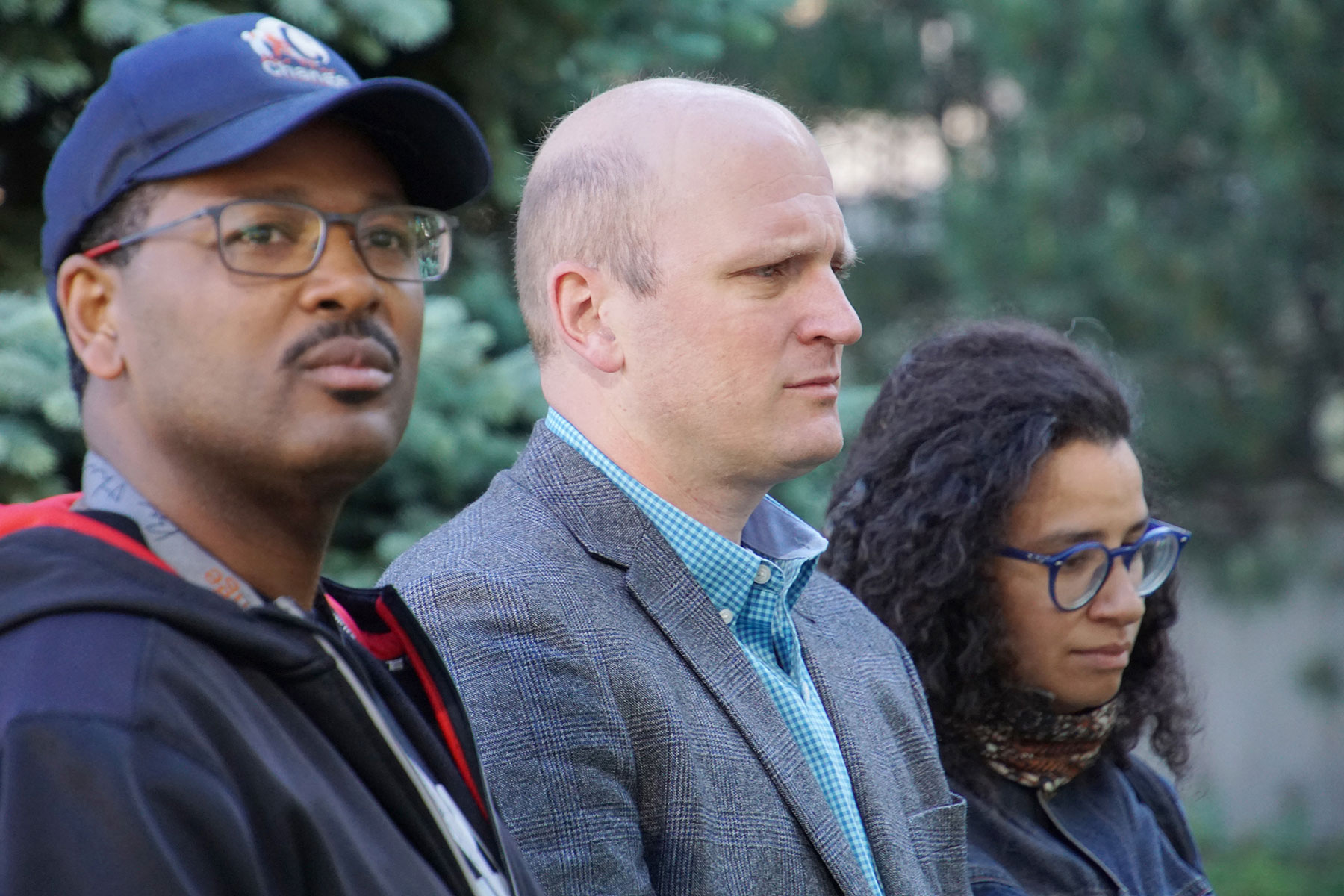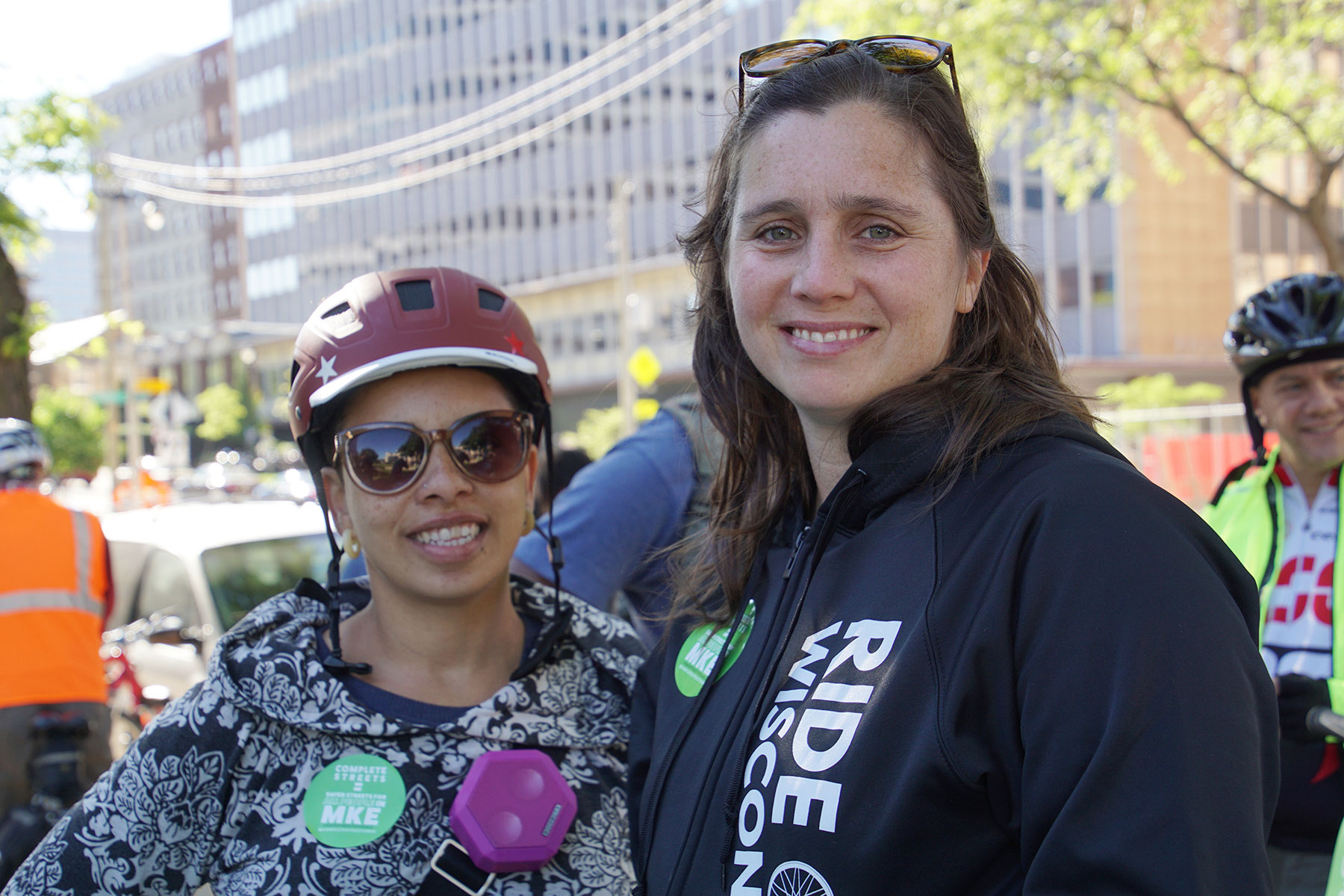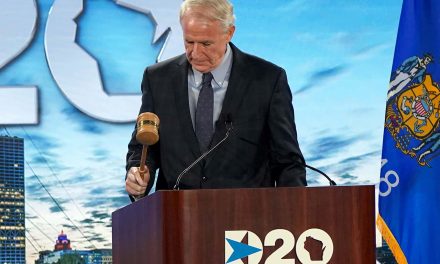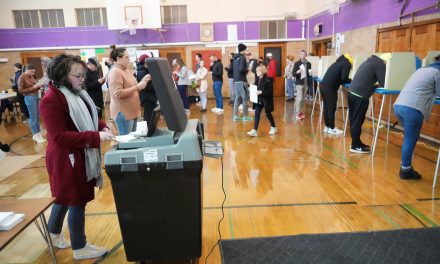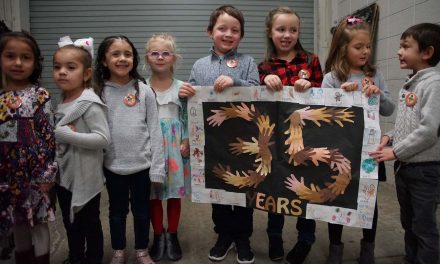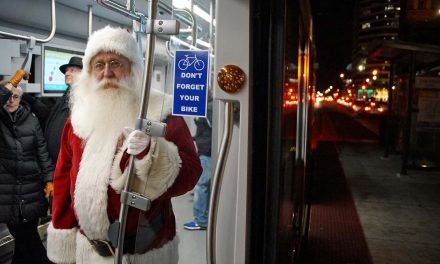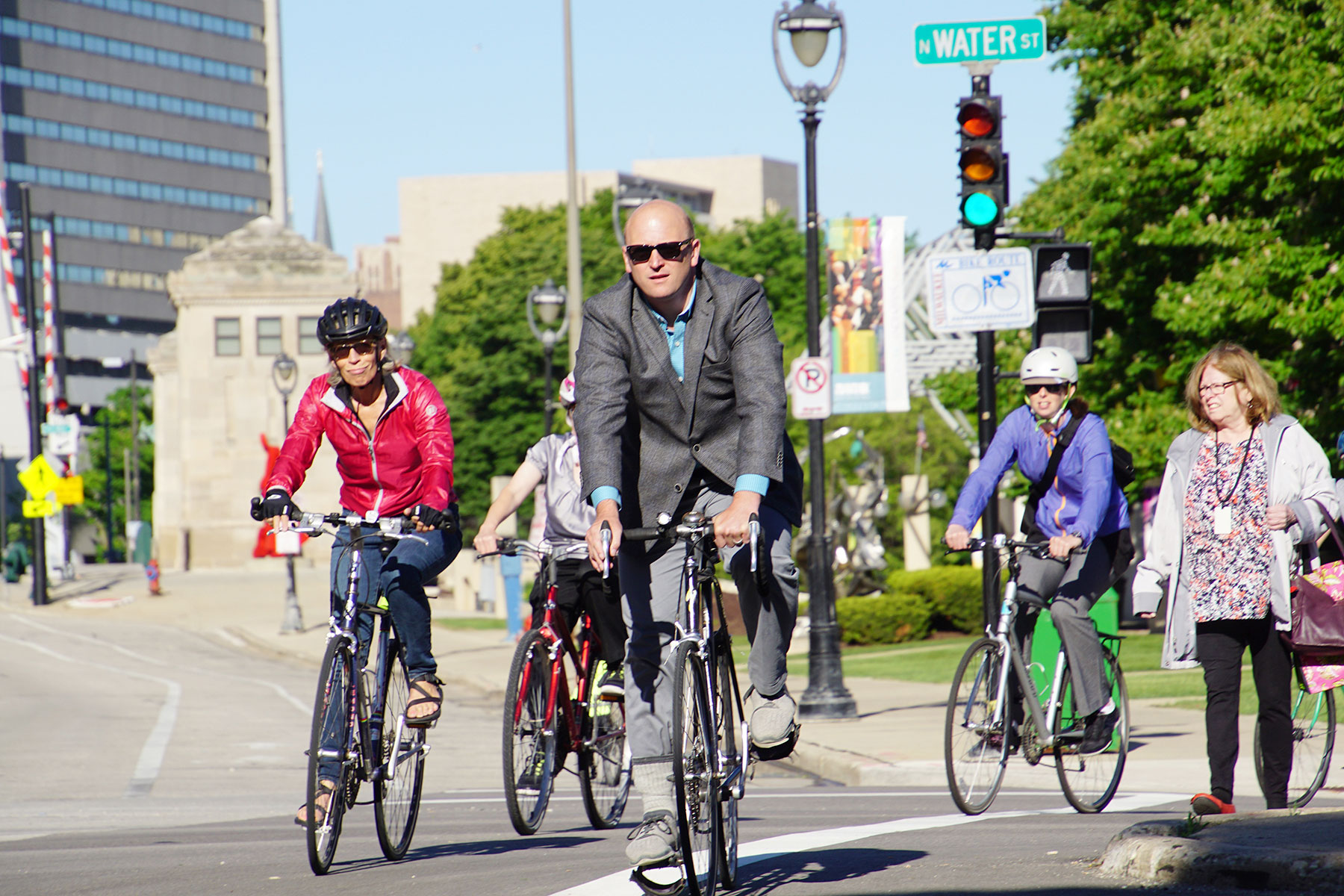
To celebrate the start of Wisconsin Bike Week on June 4, Common Council President Ashanti Hamilton and Alderman Nik Kovac led groups of cycling advocates from the northern suburbs to Red Arrow Park.
The separate rides converged on downtown, with the purpose to encourage Milwaukee commuters to ditch their vehicles for pedal power. From June 2 to 9, Bike Week is a celebration of all things biking in Wisconsin, with multiple events planned across the state.
The separate rides converged on downtown, with the purpose to encourage Milwaukee commuters to ditch their vehicles for pedal power. From June 2 to 9, Bike Week is a celebration of all things biking in Wisconsin, with multiple events planned across the state.
“Biking is the best way to explore a place and make new friends all while being healthy and it’s great for local businesses. It’s a true win win for our whole society. But it’s the fun that makes it so great,” said Jessica Wineberg, Deputy Director Wisconsin Bike Fed. “We represent the 2.5 million people in Wisconsin who bike each year, and we hear how much fun people have on bikes.”
Since 1998 the Wisconsin Bike Fed has been celebrating biking, an activity that contributes more to the local economy than many other recreational sports. Business owners, customers, and employees are biking more and encouraging others to do the same.
At the press conference, City Engineer Jeff Polenske introduced the city’s Complete Streets policy, which is approaching a final draft. The effort would make roads more accessible for everyone. As part of the plan, the city will rollout special bike lanes with a protective buffer from vehicles.
“Complete streets is really about making our streets more safe, more available, and more useful for cyclists, pedestrians, and transit users,” said Polenske.
Companies also win when their employees or customers bike to work, though lower health care and parking costs and more spending power. An analysis of businesses in metropolitan areas found that non-drivers, including cyclists, are “competitive consumers, spending similar amounts or more, on average, than their counterparts using automobiles.” So over the course of a given month, cyclists spent less than drivers on grocery trips, but more at restaurants, bars, and convenience stores. The common theme emerged: cyclists spend less per trip, but they make more trips.
Wearing a sport coat while leading his group ride for the morning commute, Alderman Kovac set an example of how easy it was to dress for work. He also acknowledged President Hamilton, who joined the annual event for the first time.
“Step one was getting President Hamilton to bike in with us. Step two will be getting him into a suit for the ride,” said Kovac.
Kovac said that bicyclists brought a lot of value to the community, as a benefit to non-cyclists. He noted that the same kind of behavior from drivers that endangered cyclists was a problem for everyone in the neighborhood.
“The safest thing for a bicyclist is more bicyclists,” added Kovac.
President Hamilton talked about the impact of transportation barriers on employment for many members of the community. It was his hope that more events like Wisconsin Bike Week would prompt more people to consider commuting by bicycle as a possibility.
“This was a pretty cool ride going in this morning. I didn’t realize how important the bike lanes were until I was riding in the road with traffic,” said President Hamilton. “And just a word of caution for folks who were driving cars, be a little conscientious of other people who are using the road. It’s an important thing to let us live.”
Dozens of partners have put together everything from classes and rides to free food for Bike Week participants.
© Photo
Lее Μаtz

